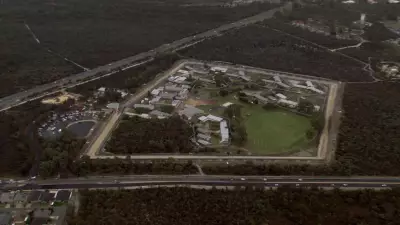
Western Australian homeowners are bracing for substantial rate increases as local councils begin factoring in dramatic rental value hikes that have occurred since the COVID-19 pandemic began.
The Rental Value Surge Driving Rate Rises
Gross rental values have skyrocketed across Western Australia, with some areas experiencing increases of more than 30% since the pandemic. This surge is now flowing through to council rates, creating additional financial pressure for households already struggling with cost of living increases.
The City of Stirling provides a clear example of this trend, with the local council proposing an average rate increase of 4.95% for the coming financial year. This figure significantly outpaces inflation and reflects the substantial jump in rental values that councils must now incorporate into their rate calculations.
How Rental Values Impact Your Rates
Local governments in Western Australia determine rates based on the gross rental value of properties, which represents the annual rent a property could reasonably command. When rental markets heat up, as they have dramatically since COVID-19, these increased values automatically translate to higher rate bills for property owners.
The mechanism works through a simple mathematical formula: councils multiply the gross rental value by a rate in the dollar to calculate what each property owner must pay. As rental values climb, even if the rate in the dollar remains unchanged, the final bill increases proportionally.
This system means that homeowners bear the brunt of rental market fluctuations, regardless of whether they actually rent out their property or live in it themselves. The current situation highlights how interconnected different sectors of the property market have become.
Broader Economic Implications
The rate increases come at a particularly challenging time for Western Australian households. Many families are already dealing with rising mortgage costs, increased grocery bills, and higher energy prices. Additional rate hikes could push some household budgets to breaking point.
Local governments defend the increases by noting they need to maintain service levels and fund infrastructure projects amid rising costs themselves. However, the timing creates significant hardship for ratepayers who have limited capacity to absorb another regular expense increase.
The situation also raises questions about the long-term sustainability of funding local government through property-based taxation systems that can create volatile and unpredictable revenue streams during economic turbulence.
Western Australian homeowners should prepare for higher rate notices in the coming months as councils across the state adjust to the new reality of post-pandemic rental markets. The full impact of these changes will become clearer as more local governments announce their annual budgets and rate proposals in the weeks ahead.





